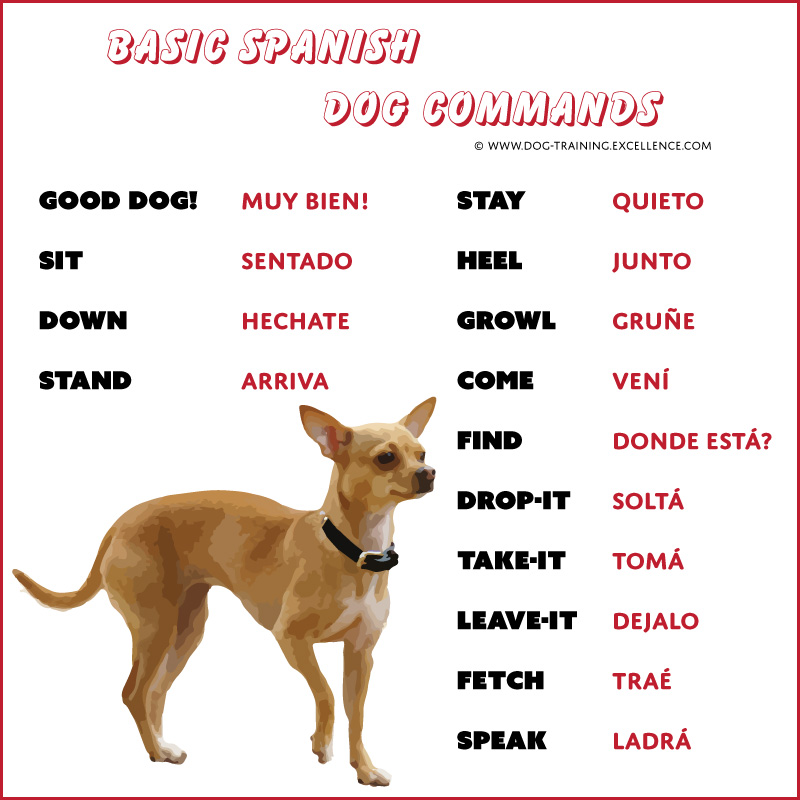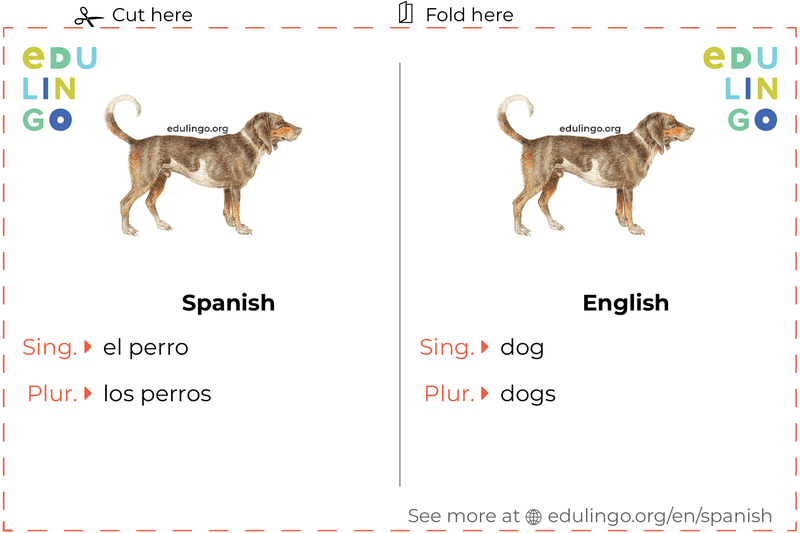Puppy in Spanish language embarks on an enthralling journey into the realm of canine companions, unveiling the rich tapestry of vocabulary, cultural significance, and endearing characteristics that define these beloved creatures in Spanish-speaking cultures.
From the adorable “cachorro” to the playful “perrito,” delve into the diverse terminology that captures the essence of puppyhood in Spanish. Explore the physical and behavioral traits that distinguish different puppy breeds, and witness their captivating antics through charming anecdotes and stories.
Spanish Terminology for “Puppy”

In the Spanish language, there are several terms used to refer to a puppy, depending on the region and the specific context. Here are some of the most common words:
Cachorro
This is the most widely used term for “puppy” in Spanish. It is a general term that can be used to refer to any young dog, regardless of breed or size.
Example: Tengo un cachorro nuevo que es muy juguetón.
Perro joven
This term literally means “young dog” and is often used to refer to puppies that are a bit older, typically between 6 and 12 months old.
Example: Mi perro joven es muy activo y le encanta correr.
Cría
This term is used to refer to a puppy that is still very young, typically under 6 months old. It is often used in a more formal context.
Example: La cría es muy pequeña y necesita mucho cuidado.
Regional Variations
In some regions of the Spanish-speaking world, there are specific terms used for puppies that are not used in other regions. For example, in Mexico, the term “cachorrito” is commonly used to refer to a puppy, while in Argentina, the term “perrito” is more common.
Puppy Characteristics in Spanish: Puppy In Spanish Language
Los cachorros son criaturas adorables y juguetonas que pueden llenar tu vida de alegría. Aquí tienes algunas de las características físicas y de comportamiento más comunes de los cachorros en español:
Físico
- Los cachorros suelen ser pequeños y peludos, con ojos grandes y brillantes.
- Tienen patas cortas y colas que suelen menear con entusiasmo.
- Su pelaje puede ser de varios colores y texturas, dependiendo de la raza.
Comportamiento
- Los cachorros son muy juguetones y curiosos, y les encanta explorar su entorno.
- Son muy sociales y les encanta interactuar con personas y otros animales.
- También pueden ser bastante traviesos y les encanta masticar cosas.
Tabla de razas
Existen muchas razas diferentes de cachorros, cada una con sus propias características únicas. Aquí tienes una tabla que compara algunas de las razas de cachorros más populares:
| Raza | Tamaño | Temperamento | Nivel de actividad |
|---|---|---|---|
| Golden Retriever | Mediano-Grande | Amigable, leal, inteligente | Alto |
| Pastor Alemán | Grande | Inteligente, obediente, protector | Alto |
| Labrador Retriever | Mediano-Grande | Amigable, extrovertido, juguetón | Alto |
| Caniche | Pequeño-Mediano | Inteligente, cariñoso, hipoalergénico | Moderado |
| Beagle | Pequeño-Mediano | Amigable, curioso, juguetón | Alto |
Anécdotas
Aquí tienes algunas anécdotas divertidas sobre los cachorros:
- Una vez, un cachorro se comió un zapato entero y luego lo vomitó entero.
- Otro cachorro aprendió a abrir la puerta de la nevera y se comió todo el helado.
- Un cachorro se escapó de casa y fue encontrado días después, durmiendo en el sofá de un vecino.
Puppy Care in Spanish
Providing proper care for your puppy is essential for its well-being and development. Here are some key steps to follow:
Vaccinations
Vaccinations are crucial for protecting your puppy from various diseases. Consult with your veterinarian to determine the appropriate vaccination schedule for your pet’s age and breed.
Supplies, Puppy in spanish language
- Food and water bowls
- Collar and leash
- Crate or playpen
- Bed and blankets
- Toys
- Grooming supplies
Socialization and Training
Socialization is vital for puppies to develop proper social skills. Expose them to different people, animals, and environments to help them become well-rounded and comfortable in various situations.
Training is also essential for teaching your puppy basic commands and behaviors. Start with simple commands like “sit” and “stay” and gradually introduce more advanced training as they grow older.
Cultural Significance of Puppies in Spanish-Speaking Countries
In Spanish-speaking cultures, puppies hold a special place in the hearts of people. They are not just pets but also cherished members of the family. Puppies are seen as symbols of joy, loyalty, and companionship.
There are many stories and traditions related to puppies in Spanish-speaking countries. For example, in Mexico, it is believed that a puppy that enters a home will bring good luck. In Spain, puppies are often given as gifts to children on their birthdays or at Christmas.
The perception of puppies varies from region to region within the Spanish-speaking world. In some areas, such as rural Mexico, puppies are often used for working purposes, such as herding animals or guarding property. In other areas, such as urban Argentina, puppies are more likely to be kept as companions.
No matter where they are found, puppies are universally loved in Spanish-speaking countries. They are seen as symbols of hope, joy, and new beginnings.
Puppy-Themed Spanish Vocabulary

Expand your Spanish vocabulary with an extensive list of terms related to puppies. These words will help you describe their breeds, behaviors, and care needs.
Breeds
- Bulldog: Bulldog
- Chihuahua: Chihuahua
- Golden retriever: Golden retriever
- Labrador retriever: Labrador retriever
- Pastor alemán: German shepherd
Behaviors
- Aullar: Howl
- Gruñir: Growl
- Ladrar: Bark
- Morder: Bite
- Saltar: Jump
Care
- Alimentar: Feed
- Bañar: Bathe
- Cepillar: Brush
- Desparasitar: Deworm
- Vacunar: Vaccinate
Interactive Exercises
Test your understanding of the vocabulary with these interactive exercises:
- Matching: Match the Spanish words to their English equivalents.
- Fill in the blanks: Complete the sentences with the correct Spanish words.
- Crossword puzzle: Solve the crossword puzzle using the Spanish vocabulary.
Final Conclusion

As we conclude our exploration of puppy in Spanish language, we are left with a profound appreciation for the unique bond between humans and these furry friends. Whether it’s the playful frolics of a young “cachorrito” or the unwavering loyalty of an adult “perro,” puppies hold a special place in Spanish-speaking hearts, enriching lives with their unconditional love and infectious joy.
Popular Questions
What is the most common word for “puppy” in Spanish?
Cachorro
How do you say “puppy dog” in Spanish?
Perrito
What are some unique characteristics of puppies in Spanish-speaking countries?
They are often very affectionate and playful, and they have a strong sense of family.